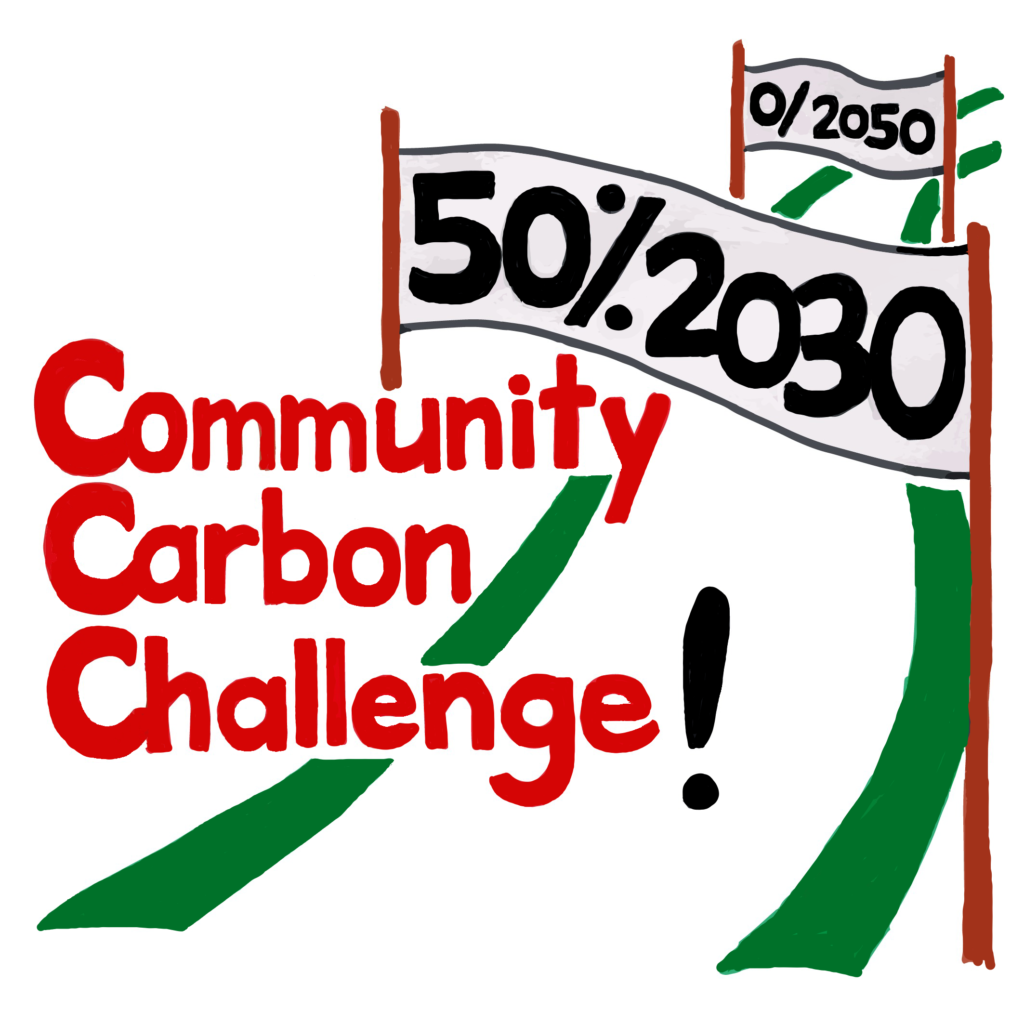by Bet Smith

May 7 at 8:47 AM · In October the District Municipality of Muskoka declared a climate emergency. A few weeks ago, the Town of Gravenhurst was the first town within the district to follow suit. As a member of Climate Action Muskoka, I applaud these declarations and hope that they come with the intention to take action. But I am quite aware that some people are rolling their eyes at the news, even pushing back against it.
We are in a comfortable climate bubble here in Central Ontario. We are hardy to long, cold winters, hot summers and buggy springtimes. We have seen a flood or two and the windstorms have become more frequent, but we aren’t getting wildfires, biblical flooding or demolition winds. Looking around, the only emergency we see is represented on the masked and worried faces of our friends and neighbours. The Covid-19 pandemic is currently front-and-centre in our lives.
So what is the significance of declaring a climate emergency? The way I see it, the declaration is an act of solidarity with those who are currently facing the ravages of climate change, and an announcement that yes, we believe in science. We believe NASA, we believe the United Nations and the World Health Organization when they say this is an emergency. And hopefully, we realize that sooner or later, climate change is going to affect us here in Muskoka.
In this futuristic year of 2021, there are solutions. There are ways we can help decrease emissions, draw carbon out of the atmosphere, and live more responsible lives. While many of us – including myself at one point – may have imagined giant vacuums in the sky, sucking in greenhouse gases and re-arranging their molecules, the best solutions are a lot more straightforward and are usually based in nature. Here are a few areas where I think we can make a difference in Muskoka:
Public Transportation: There is a lot of room to improve public transportation here in Muskoka. We need a frequent green bus service that serves a wider community, and we need people to use the bus service so that it remains viable. (I know this is a touchy subject during covid, so let’s think beyond this pandemic.) And trains! I am so glad to hear of work being done to bring back the train. How I long to climb aboard and forget the jammed highway.
Active Transportation: Long-distance commuting by bicycle sucks here in Muskoka. It’s scary to bike along the highway with big trucks blowing past you, whipping dirt into your face. We could look at how other municipalities are promoting and enabling active transportation, (walking and rolling) and follow their examples.
Green building: This is a huge one, and there is a lot of opportunity here. Environmentally-minded builders and architects are now looking at the embodied energy of a building. It’s no longer just about how well we can seal up a building so it’s energy efficient, it’s about looking at the energy (carbon) required to build, and to manufacture the building materials. It’s about choosing more natural, green materials like responsibly-harvested wood, straw and hemp, that are, essentially, made of carbon. (The carbon in plants comes out of the atmosphere, but most of it just ends up going back up… unless we make something out of it!) There are green building materials on the market, like hempcrete and insulation made from recycled materials. Builders need incentives to use more of these materials, so those markets can grow.
Regenerating our soils: Agriculture presents a major opportunity for carbon draw-down. I have rambled on at length about that in the past. Similar practices can be applied to our urban soils. Our parks, lawns and gardens can be real, functioning carbon sinks, if managed well. For more on this, see my blog post, “The Power of Living Soil.” (Link later.)
Green infrastructure in towns: The more plants the better; native ones are best. Parks, grassy boulevards, garden beds, street trees, green roofs and walls – all of these plantings serve multiple purposes. They cool the streets, purify the air, hold carbon, create habitat and make us happy.
Culture: How do we create a local and tourist culture that values the health of the planet? I have always thought of the tent and canoe as icons of Muskoka culture, but when I head out onto the lake, I see whopping powerboats and summer mansions. I want to think of Muskoka as a place for hiking and biking and paddling, but usually, it looks more like a monster-truck rally. How do we steer this place back toward nature, toward active recreation and a culture that generates awareness of ecosystems, an appreciation for nature, serenity, simplicity and peace? We need our local influencers and culture-makers to help us do this.
Personal choices: Even a raging tree-hugger like myself can evaluate her choices and find opportunity for improvement. For me, it’s adjusting my schedule so I can choose my bicycle instead of my little car, making better choices about the products I buy, growing more of my own food and putting on a third sweater instead of turning on the heat. What does it mean for you?
I enthusiastically invite you to join Climate Action Muskoka’s Community Carbon Challenge.https://www.climateactionmuskoka.org/community-carbon…/Please sign up and join others in the commitment to lowering emissions and living a lower-carbon lifestyle. CAM members post new ideas, weekly. If sign up as a business, we’d love to give you a card to display at your store or workplace. Sometimes living a lower-carbon lifestyle will suck. We’ve gotten used to our comforts and luxuries. But it’s important. And it will suck a lot less when we’re doing it together. The cartoon in the pic is by Len Ring Lensue Mckring.
More on soil: http://betsmith.ca/2020/01/29/the-power-of-living-soil/
